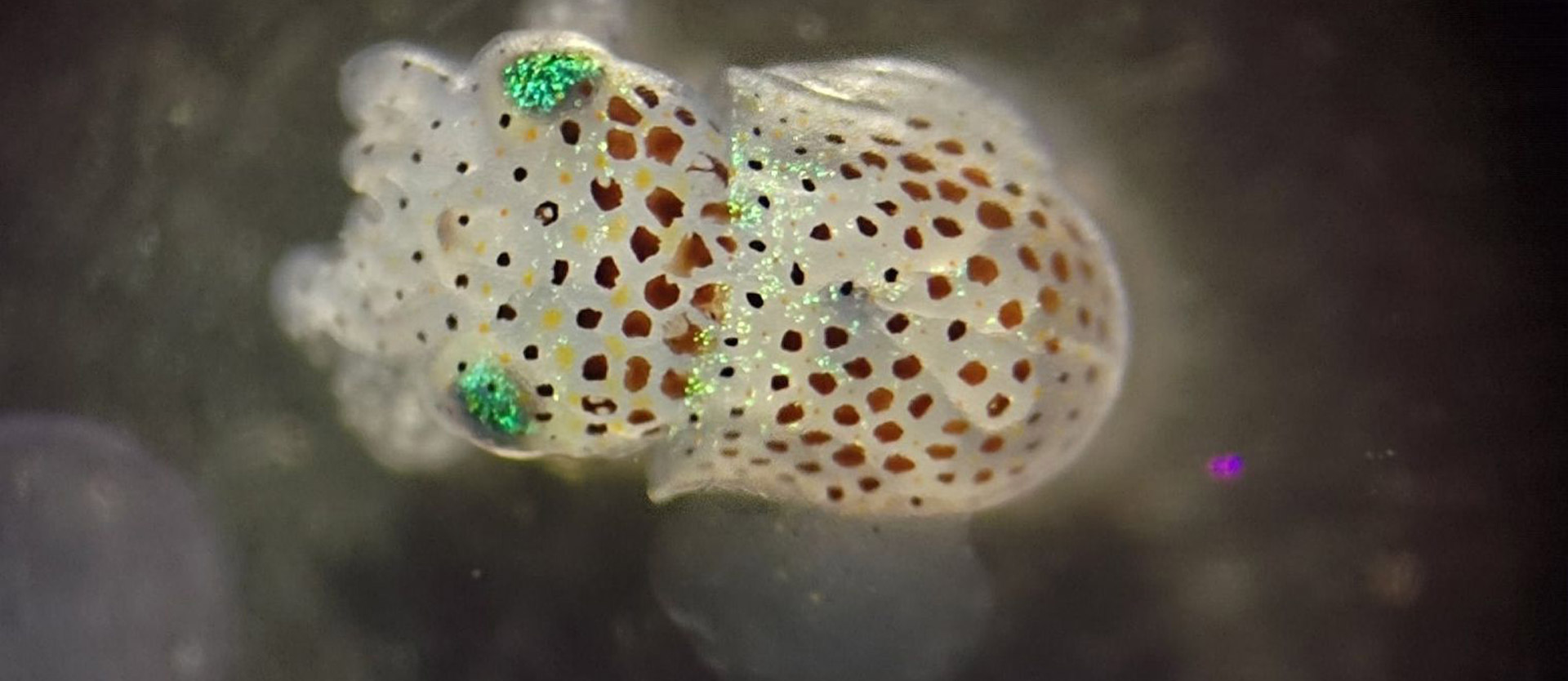
Aliens of the ocean

They have been floating weightlessly through the ocean for about 700 million years. Some of them have a wingspan of ten meters, weigh up to 50 kilograms, change their visual appearance about a thousand times a day and impress with their intelligence and sensitivity. Behind this extraordinary sea dweller hides the octopus.
Confusing are also its many names - squid, octopus, squid - which is "the right one"? The octopus belongs to the group of so-called cephalopods (Greek: "cephalopods"), which in turn is assigned to the superordinate phylum of mollusks (Mollusca), to which snails and mussels also belong. Octopuses represent a kind of subcategory of squid and belong to the eight-armed squid, also called octopuses. There are also ten-armed squids, which include the well-known squid and cuttlefish.
Did you know that squid have a total of three hearts? And while we need eyes to see, octopuses only need their skin. This skin contains opsin, a protein that is also found in the visual pigments of eyes. This enables them to adapt their camouflage to their environment at lightning speed and up to 177 times per minute.
For decades, researchers have been trying to figure out the squid's brain. Not only is it incredibly complex, but it extends from the head to the very tips of their long arms. The exact beginning and end are unclear - the neuronal network runs through the entire body of the octopus. Two-thirds of their total of 500 million nerve cells are located in their arms, so that each arm has its own control and sensory system. No wonder, then, that these creatures are often referred to as aliens of the sea!
In order to get closer to the high complexity of these unique creatures, a team of researchers at the University of Vienna led by Oleg Simakov and Hannah Schmidbaur took a closer look at the genomes of the cephalopods. Deciphering the cephalopod genomes, which are conspicuously large in squid, was a major challenge. New genetic tools now make it possible to take a closer look at the entire genome of cephalopods.
In both studies, the genomes of the California octopus, the Hawaiian dwarf squid, and the longfin coastal squid were used.

The results sometimes reveal that squid chromosomes are very different from those of any other group of animals. This is unusual because animal chromosomes are very similar, even though the animal groups are evolutionarily distant from each other.
The results sometimes reveal that squid chromosomes are very different from those of any other group of animals. This is unusual because animal chromosomes are very similar, even though the animal groups are evolutionarily distant from each other. Cephalopods, on the other hand, have found a way to break away from this pattern and form entirely new combinations. While in other animal groups the building blocks of chromosomes have been well preserved and are thus easier to decipher, the chromosomes of squids appear like a colorful mix of all building blocks. Thus, they create a very special karyotype (appearance of a set of chromosomes), in which the individual building blocks (shown in color in the graphic) look like a mosaic of the original chromosomes present in other animals.
Insights into this unique genomic organization of cephalopods opens many new avenues of research. "Through our research, it is now clear that in order to understand the biology of cephalopods, we must first understand the genetic building blocks of these animals - and such building blocks appear to be radically and often different from what we know of other animals," said Schmidbaur of the Ecology and Evolution Doctoral school (VDSEE) at the University of Vienna. So the excitement continues to build around deciphering these mysterious sea creatures!
Original publication:
Caroline B. Albertin, Sofia Medina-Ruiz, Therese Mitros, Hannah Schmidbaur et al (2022). Genome and Transcriptome Mechanisms Driving Cephalopod Evolution. Nature Communications
DOI: 10.1038/s41467-022-29748-w.
Hannah Schmidbaur et al. (2022) Emergence of Novel Cephalopod Gene Regulation and Expression through Large-Scale Genome Reorganization. Nature Communications
DOI: 10.1038/s41467-022-29694-7












